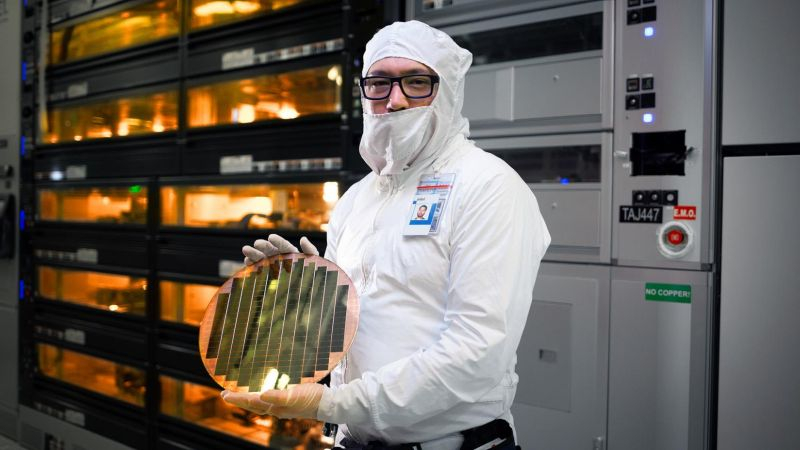The rise in prices for RAM will slow down, and flash memory will become cheaper by the end of the year


TrendForce experts come to the conclusion that in difficult macroeconomic conditions, the revival of demand in the memory market is constantly stumbling over new obstacles, and the emerging trend towards rising prices by the fourth quarter is largely leveled out. At least in the DRAM segment, contract prices will increase by 3–8% at most, and in the NAND segment they will even drop by up to 5%.


Image Source: Intel
Manufacturers of DRAM memory modules, as the source notes, have been actively increasing their inventories of components necessary for operation since the third quarter of last year. As a result, by the second quarter of this year, the “depth” of warehouse inventories increased to 11–17 weeks. Demand in electronic device end markets is not recovering as quickly as expected. Smartphone inventories in China have exceeded the norm, and customers are in no hurry to buy existing laptop models, waiting for the release of new systems based on processors with AI acceleration. All this leads to a reduction in demand for such devices.
Retail shipments of NAND flash memory in the second quarter decreased year-on-year by 40%, and such dynamics do not allow market participants to hope for a recovery in demand in the second half of the year. In the retail segment, demand is negatively affected by high inflation and high interest rates. At the same time, rising prices for memory chips put pressure on the profit margins of memory module manufacturers, and low retail demand prevents them from increasing selling prices.
Smartphones and PCs with AI acceleration functions, according to TrendForce representatives, will not be able to significantly influence demand in the memory chip segment in the fourth quarter. As a result, contract prices for DRAM will not be able to increase significantly: in the current quarter they will rise by 8–13%, and in the fourth they will increase only by 3–8%. But HBM memory has no problems with demand, and contract prices for this type of product can increase by 10–15% quarterly. NAND prices are expected to rise 5% to 10% in the current quarter before falling 5% in the fourth. In 2025, according to experts, the rise in prices for DRAM will be stimulated mainly by the demand for HBM, for the production of which more and more capacities are being redistributed. Because of this, less conventional DRAM is being produced, and its prices are rising.
Recent Posts
A demo of Dispatch, a comedy game about a superhero agency from the former developers of Tales from the Borderlands and The Wolf Among Us, has been released on Steam
Developers from the American AdHoc Studio, founded by former Telltale Games, Ubisoft and Night School…
Digma DP-FHD800A LCD Full HD Projector Review: A Modern Approach
When you think about a home theater, you immediately imagine bulky projectors with a bunch…
Lian Li Introduces HydroShift II LCD-C Liquid Cooling System with 360mm Radiator and Three Configurations
Lian Li has introduced a series of maintenance-free liquid cooling systems HydroShift II LCD-C. It…
Apple: App Store App Developers to Earn $406 Billion in 2024
Amid mounting pressure from U.S. regulators, Apple has released the results of an independent study…
ASRock Admits Its Motherboards Break Ryzen 9000 Processors
Following a report from YouTube channel Tech Yes City that ASRock linked Ryzen 9000 processor…
Apple to Change OS Numbering: iOS 26 to Come This Year Instead of iOS 19
Apple is preparing a large-scale rebranding of its line of operating systems. This was reported…